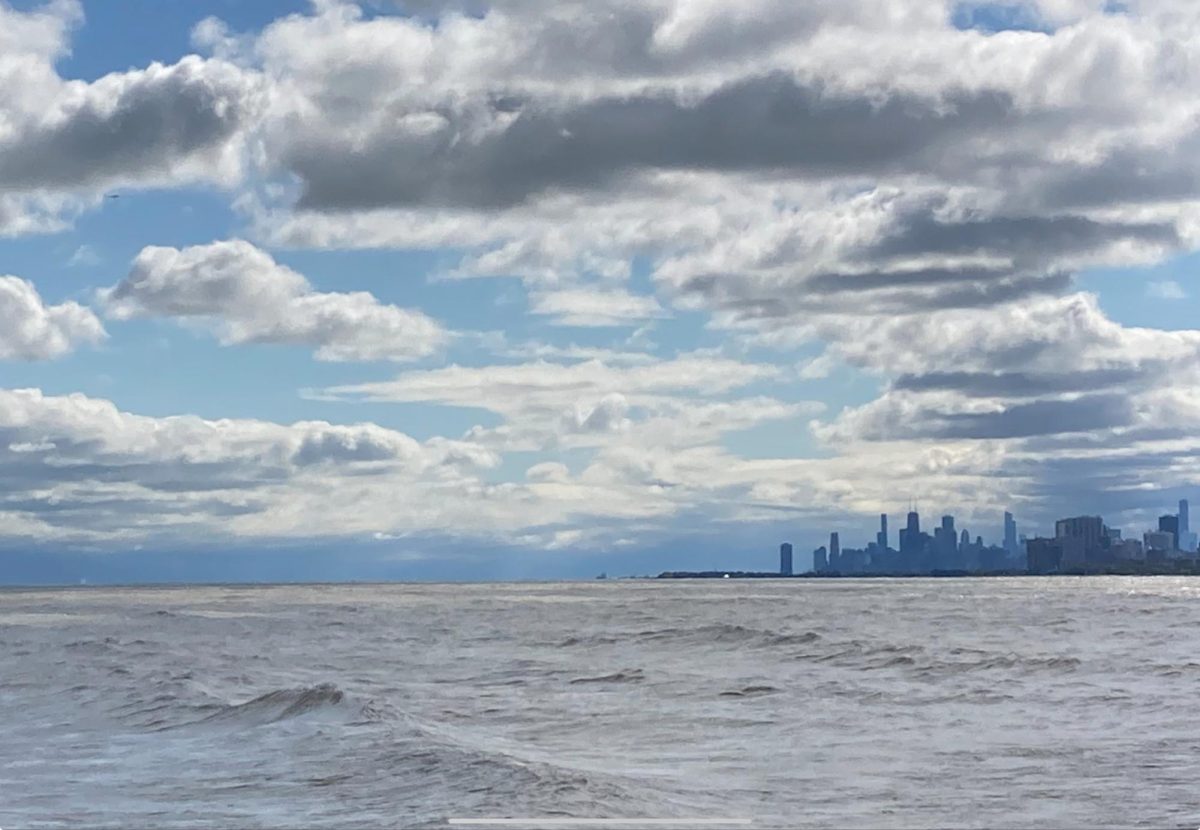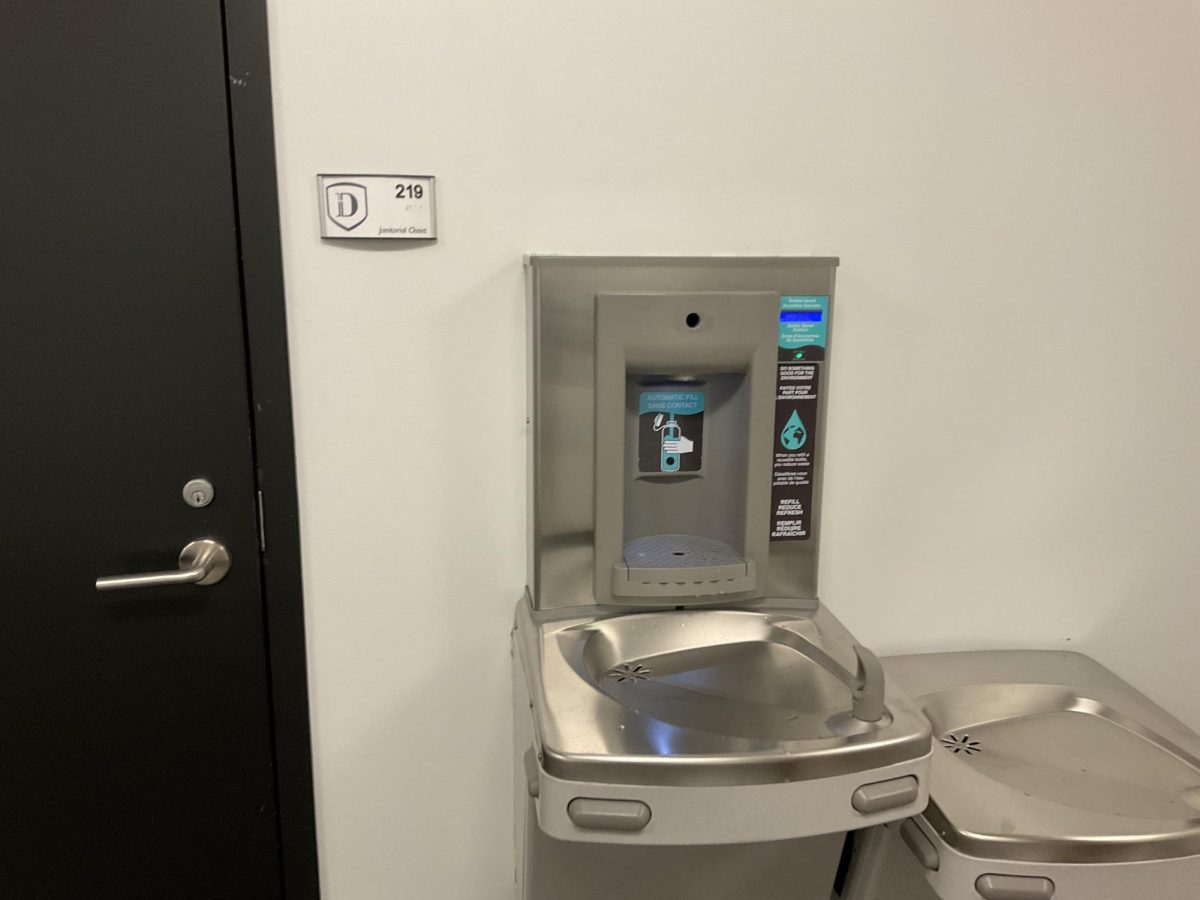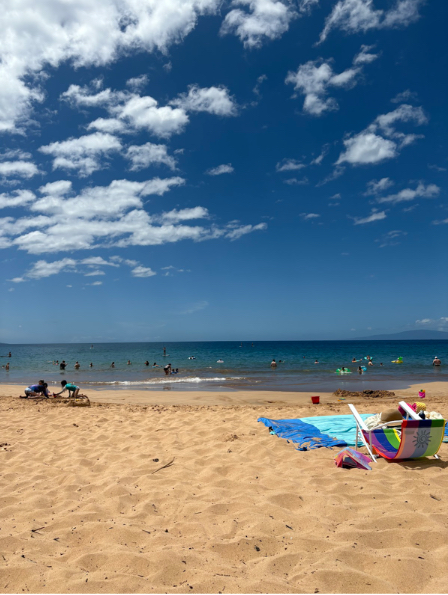Splash.
You’re standing in the middle of the ocean. Blue waves gently slosh against one another, seafoam bubbling in their wake. Sprays of mineral salts cool your skin, and the musical rhythm of the tides sings your stress away. Gazing into the reflection of a clear sky, an overwhelming calmness washes over you. Loud worries have been quieted by the water’s soothing presence.
Blue Mind Theory
This natural phenomenon can be explained by Blue Mind Theory, which refers to “the mildly meditative state people fall into when they are near, in, under or on water.” Introduced by marine biologist Dr. Wallace J. Nichols in his 2014 international bestseller Blue Mind: The Surprising Science That Shows How Being Near, In, On, Or Under Water Can Make You Happier, Healthier, More Connected, and Better at What You Do, this concept proposes a positive correlation between the presence of water and a person’s physical and mental health.
Regardless of the activity you’re partaking in, Blue Mind Science argues that “being in or near water triggers a positive response in our brains.”
Water acts as an outlet for physical activities such as swimming, kayaking, and paddle boarding. These aquatic exercises strengthen the cardiovascular and muscular systems in the body, and since water is 12% to 14% denser than air, serve as a “double duty workout” compared to movement on land.
Hydrotherapy, a type of aquatic activity, is used by many physiotherapists to treat chronic conditions such as arthritis, cerebral palsy, fibromyalgia, multiple sclerosis (MS), neuropathy, and Parkinson’s disease. For this therapeutic technique, individuals perform exercises designed for their needs in an appropriate water temperature, allowing for muscle relaxation and pain alleviation.
Physical activities, including these water-based ones, enforce a neurochemical balance in the brain and improve exercisers’ mindsets. According to Harvard Health Publishing, “Exercise reduces levels of the body’s stress hormones, such as adrenaline and cortisol. It also stimulates the production of endorphins, chemicals in the brain that are the body’s natural pain killers and mood elevators.”
Per the National Institutes of Health (NIH), several studies have suggested that this biochemical release has significant effects on psychiatric disorders including schizophrenia, alcohol dependence, sleep deprivation, and depressive and anxiety disorders. Researchers found a frequent decrease in symptoms of these conditions with implemented exercise.
Exercise is not the only access to water’s healing properties. A 2021 study conducted by UC Davis professor Richard Cross and former student Craig Keller found that looking at bodies of water can lower heart rate and blood pressure. Other articles support this data, citing that water’s presence has been proven to reduce stress and anxiety, enhance creativity and problem-solving skills and foster social interaction.
In a heightening epidemic of mental health decline, therapeutic strategies have become vital in confronting Red Mind, which Dr. Nichols describes in his 2014 Ted Talk as the cognitive state where people are “under stress”, “distracted”, and “agitated.” They’re in “stress mode”, or as Dr. Nichols refers to, “Red Mind mode.”
Chicagoland and Water
The city of Chicago, a midwestern region of 288 square miles and nearly 3 million residents, ranks as the third largest metropolitan area in the United States. Inside the more than 200 neighborhoods and 77 community areas are over 8,800 acres of green space and upwards of 600 public parks.
Numerous bodies of water, including 76.1 miles of canals and 28 miles of shoreline along Lake Michigan, impact the daily lives of Chicagoans.
According to the Illinois Department of Natural Resources, the state of Illinois contains over 2,900 lakes, 84,000 ponds and three large reservoirs. While some bodies of water have been formed through natural processes, a majority have resulted from man-made operations.
Bordering 63 miles of Lake Michigan, Illinois is considered to be one of eight states (along with Wisconsin, Pennsylvania, Ohio, New York, Minnesota, Michigan, and Indiana) to make up the Great Lakes region (consisting of lakes Superior, Michigan, Huron, Erie and Ontario), which supplies 20% of the world’s drinking supply.
DePaul College Prep’s Proximity to Water
DePaul College Prep, located in the Roscoe Village neighborhood, sits approximately 4641 yards west of Lake Michigan and 253 yards east of the Chicago River.


Impact of Water on School and Chicago Community
Melissa Flynn, teacher of Sustainable Food Systems and the Culinary Arts, believes that water’s presence provides numerous physical and mental health benefits for members of the DePaul College Prep and surrounding Chicago community.
“There’s a million studies you can quote,” Flynn explained. “A person’s connection with the natural world is healing.”
Since childhood, Flynn has considered water her “happy place.”
“I remember as a kid that there was a pond that wasn’t too far from [my family] that we would go to,” said Flynn. “Kayaking there…was the most freeing thing…That ability to be on my own, or with a friend, was so cool.”
Colleen McVeigh, DePaul Prep’s greenhouse and garden manager, also recollects youthful nostalgia around water.
“I can remember looking for fish and water bugs in creeks,” she said. “I can remember visiting my cousins in Lake Geneva and jumping into the water off a raft there, and just [feeling] it be shockingly cold.”
Aligning with her fond childhood memories of water, McVeigh has expressed long-term enthusiasm for the Great Lakes.
“I’m a big big fan of the Great Lakes. There are other places I have gone and thought, ‘Oh I could live here,’ but I would miss the Great Lakes region so much. I have to be around the lake.”
While McVeigh has never formally heard of Blue Mind Theory, she has witnessed the uplifting effects nature can induce on a person’s mindset. Before acquiring the role of greenhouse and garden manager at DePaul Prep, McVeigh worked as an environmental educator at Chicago’s Field Museum.
When she worked with “classes where kids just have a lot of stress in their lives” at the museum, it was rewarding for her to see “the joy on their faces” as they became immersed in the natural world and let go of their daily worries.
“Getting those kids out in the woods…and having them be able to let all their stress go [was] super important” explained McVeigh.
McVeigh believes that exposure to nature during adolescent development is essential since it can help alleviate symptom of distress a child experiences regardless of the environment they live in.
“Kids who go outside before they take a test do better,” McVeigh said. “Kids who have to stay in their house for whatever reason have a lot more physical problems like near-sightedness, obesity, childhood—there’s a whole list. And it’s crazy.”
As McVeigh summarized, “We have a lot of people who are really stressed and really pressured, and the more we can get people out in nature and healthy environments, the better for everyone it’s going to be.”
Flynn agrees, citing that the presence of nature “calms you down” and allows you to “refocus on what’s important”, clearing “your mind so that you’re more efficient.”
McVeigh also added that since “more kids are staying inside and on their devices” nationally than ever before, it’s become vital for children to take a break from screens and surround themselves with nature.
Flynn extended this to adults and said, “With all the devices that we have, it is really important that we (surround ourselves) by beautiful areas…if you don’t take a moment to stop, you won’t even see them.”
For all the above reasons, she believes that “giving yourself a second to be present in nature is transformative.”









Ms. Merkl-Deutsch • Oct 30, 2024 at 13:42
I love this! I go to Montrose Beach or bike along the lakefront 3 or 4 times per week when the daily sunlight is long. I instinctively knew it was therapeutic, and now Avery has given me the science behind it! Well done!!!